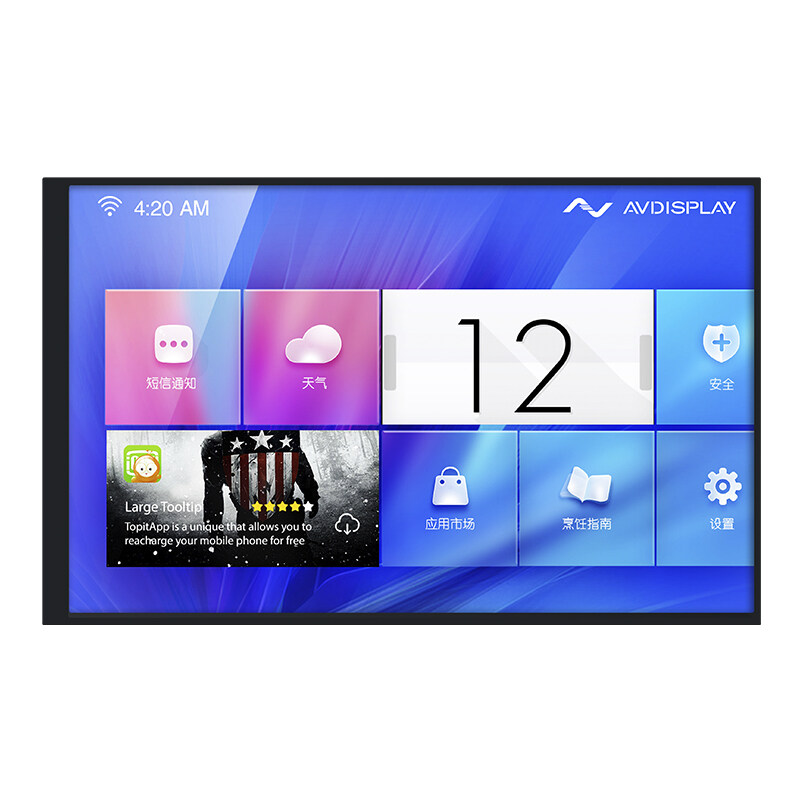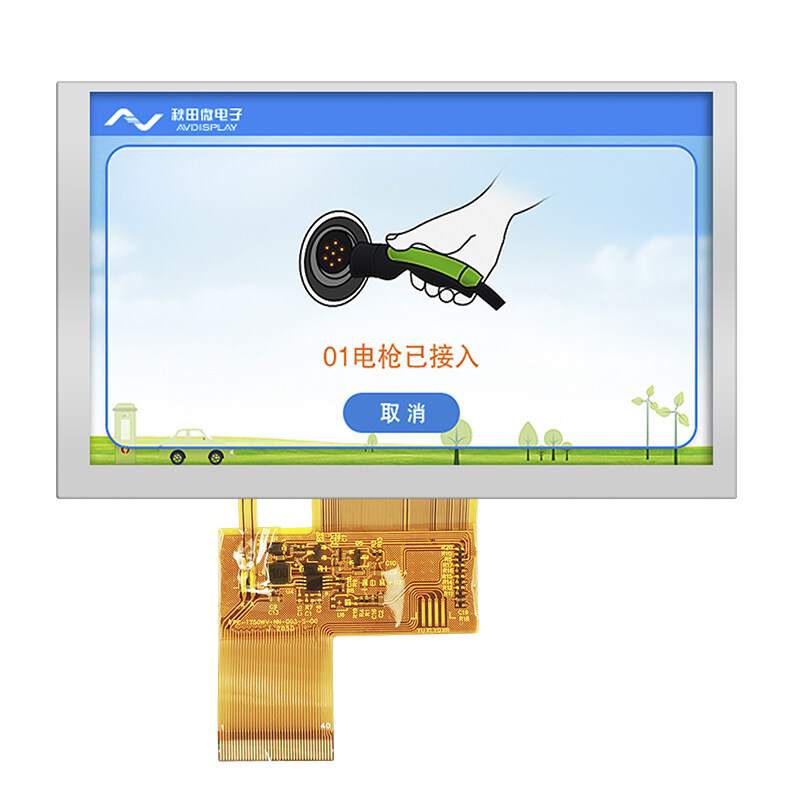Email format error
Email cannot be empty
Email already exists
6-20 characters(letters plus numbers only)
The password is inconsistent
Email format error
Email cannot be empty
Email does not exist
6-20 characters(letters plus numbers only)
The password is inconsistent


In the dynamic world of display technology, two acronyms stand out for their distinct characteristics and applications: IPS (In-Plane Switching) and TN (Twisted Nematic). These technologies have shaped the way we perceive visuals on our screens, from the vibrant colors and wide viewing angles of IPS to the fast response times and affordability of TN displays. This blog post will explore the nuances of IPS and TN displays, delving into their technicalities, applications, and the reasons why they continue to captivate the tech-savvy audience.
IPS technology has been a favorite among professionals and enthusiasts alike for its ability to deliver stunning visuals. Here's what makes IPS displays stand out:
IPS panels are known for their exceptional color reproduction, making them ideal for graphic design, photo editing, and any application where color accuracy is paramount.
One of the hallmark features of IPS displays is their wide viewing angles. Colors and images remain consistent even when viewed from extreme angles, which is a significant advantage for collaborative work environments.
The consistent image quality across the screen ensures that no matter where you are positioned, the display delivers a uniform and high-quality visual experience.
On the other end of the spectrum, TN displays offer a different set of advantages that cater to specific needs:
TN panels are known for their rapid response times, which is crucial for fast-paced gaming and applications that require quick screen updates.
The manufacturing process of TN displays is simpler, which translates to lower costs. This makes TN displays an attractive option for budget-conscious consumers and applications where color accuracy and viewing angles are less critical.
For everyday computing tasks such as browsing the web, word processing, and watching videos, TN displays offer a satisfactory visual experience at a more affordable price point.
To appreciate the differences between IPS and TN displays, it's essential to understand the underlying technologies:
IPS and TN panels align their liquid crystals differently. In IPS, the crystals are aligned parallel to the glass substrate, allowing for better control of the light passing through and hence better color reproduction and viewing angles. In contrast, TN panels have crystals aligned perpendicularly, which simplifies the process but limits the color range and viewing angles.
IPS panels use more sophisticated techniques to control the liquid crystals, leading to better color reproduction but slightly slower response times. TN panels, on the other hand, have a simpler structure that allows for faster response times but at the expense of color accuracy.
Both IPS and TN displays have found their niche in various industries and applications:
IPS displays are the go-to choice for professionals in graphic design and photography due to their color accuracy and wide viewing angles.
For gamers, the fast response times of TN displays are crucial for competitive play, especially in games where quick reactions can make the difference between winning and losing.
In office environments and for general computing tasks, TN displays offer a balance between performance and cost-effectiveness.
IPS displays are often preferred in industrial and commercial settings where consistent and accurate visuals are necessary for monitoring and control systems.
As technology progresses, both IPS and TN displays continue to evolve:
IPS technology is constantly being refined to improve response times and energy efficiency while maintaining its color and viewing angle advantages.
Advancements in manufacturing processes are helping to reduce the costs of TN displays even further, making them more accessible to a broader range of consumers.
The rise of OLED and other emerging display technologies does not diminish the relevance of IPS and TN. Instead, it pushes both technologies to innovate and find new applications where they can excel.
Choosing between IPS and TN displays ultimately depends on the user's needs and preferences. For those who value color accuracy and wide viewing angles, IPS displays are the clear choice. However, for users prioritizing response time and cost, TN displays offer a compelling alternative.
Both IPS and TN technologies have their merits and will continue to play significant roles in the display industry. As we move forward, the evolution of these technologies will undoubtedly bring new capabilities and improvements, further enhancing our visual experiences.
In conclusion, the IPS and TN displays represent two sides of the same coin, each with its strengths and ideal applications. Understanding the differences and choosing the right display technology for your needs is key to unlocking the full potential of your visual devices.